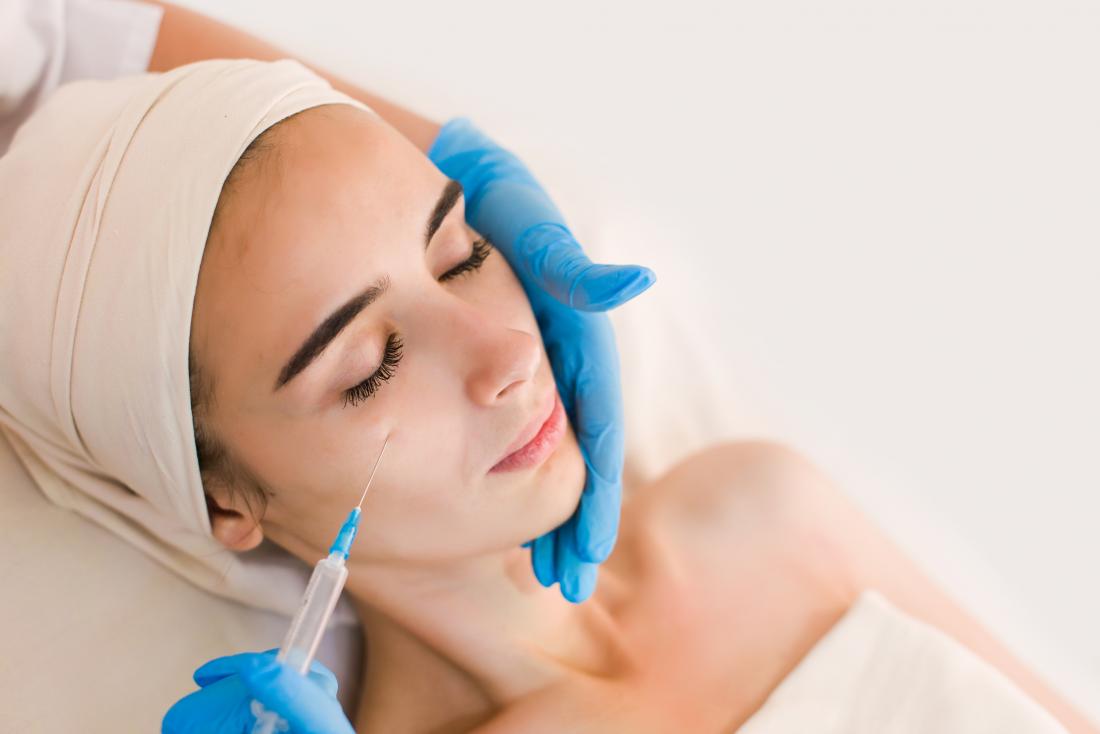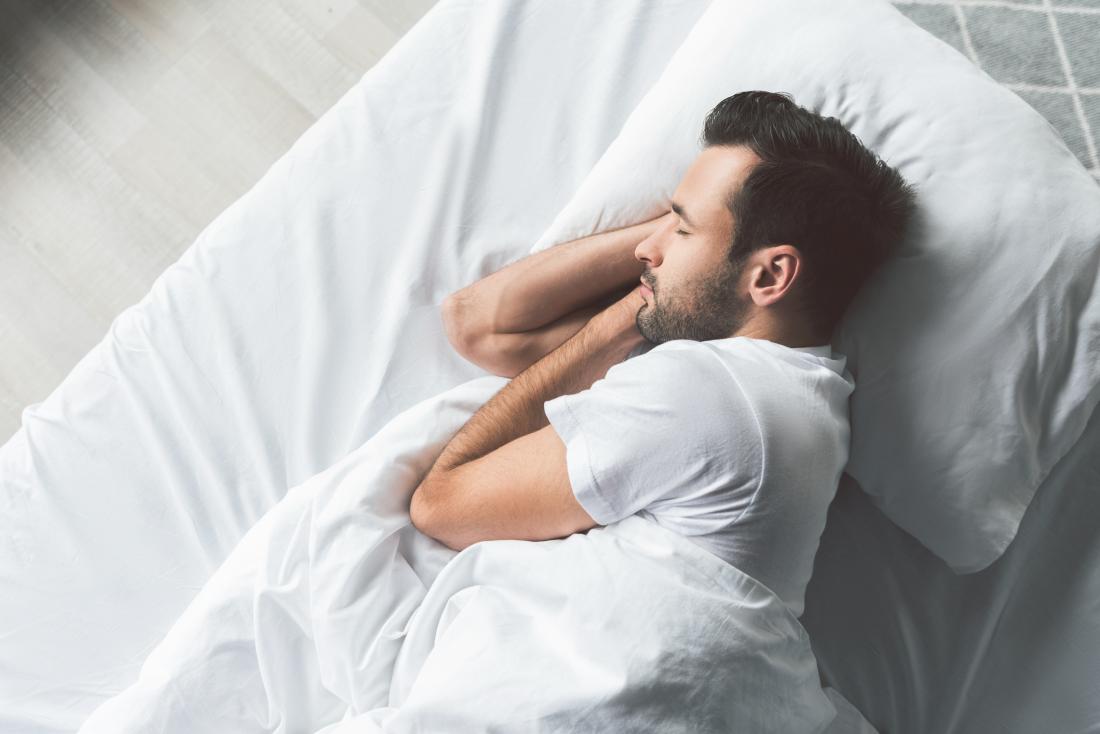Botox temporarily reduces wrinkles:
- between the brows
- in the forehead
- at the sides of the eyes
- around the mouth
However, the United States Food and Drug Administration (FDA) has not approved the use of Botox under the eyes for cosmetic purposes. Little research has looked into its effectiveness or side effects.
In this article, learn what we currently know about using Botox under the eyes, including possible side effects and alternatives to this procedure.
How does Botox work?

Botox injections are used to lessen the appearance of wrinkles.
Vials of Botox contain three main ingredients: botulinum toxin type A, human albumin, and sodium chloride. The active ingredient, which has the greatest effect, is botulinum toxin A.
When injected into muscles, Botox blocks the nerve impulses that cause a particular muscle to contract. The muscle cannot move, and this reduces the appearance of wrinkles.
Botox can only reduce wrinkles in areas of the face that move. Doctors will usually use it on the frown lines between the eyebrows, called glabellar lines, as well as on lines in the forehead, and crow’s feet at the sides of the eyes.
Botox is not a permanent solution to wrinkles. In 3–6 months, it will stop blocking the nerve impulses, and the muscles will begin to contract. A person will need further injections to maintain results.
Botox has also emerged as a treatment for a number of medical conditions, from migraines to an overactive bladder.
How effective is Botox under the eyes?
Injecting Botox to treat bags or dark circles under the eyes is an off-label use in the U.S., and the FDA have not approved it.
For this reason, researchers have conducted few studies about this use, and doctors are unsure how effective it may be.
One study from 2003 sought to determine whether Botox injections under and around the eyes could reduce the appearance of wrinkles in these areas. Nineteen female participants received injections. Those who had them in the lower eyelids and crow’s feet area were more likely to report positive results than those who only received injections in their lower eyelids.
These results suggest that Botox injections can make the lower eyelid appear fuller and plumper, helping to reduce wrinkles and bagginess.
The researchers also measured the effects of varying amounts of Botox in the lower eyelid. Patients experienced the strongest results when receiving 8 units of Botox, but they also had the most intense side effects.
Little other research currently exists involving Botox injected under the eyes.
Cost

Botox costs can vary depending on who is providing the injections.
Botox costs vary by region as well as by specialist. A person who receives Botox is paying not only for the medication, but also for the time of the person performing the procedure, the office space, and other materials used.
According to the American Board of Cosmetic Surgery, the average price of Botox injections ranges from $200 to $1,400 in the U.S. The price also varies, depending on where a clinic is located.
A person can ask for a price estimate before requesting Botox injections. A provider should also be able to give a reasonable estimate about for how Botox will be used and how much time the injections will take.
Side effects
Because the FDA have not approved Botox for injection under the eyes, a full body of research about the safety this use does not exist.
The area is delicate, and risks of having Botox injected around the eyes include:
- difficulty closing the eyes
- eye drooping
- eye numbness
- swelling of the lower eyelid
Below are some of the other known side effects of Botox:
- bleeding
- bruising
- dizziness
- fainting
- pain at the injection site
- redness
People with certain chronic conditions should not receive Botox injections. These conditions include amyotrophic lateral sclerosis, commonly called Lou Gehrig’s disease, as well as myasthenia gravis and the related Lambert-Eaton syndrome.
Alternatives

Getting enough sleep may help to prevent under-eye wrinkling or dark circles.
Home treatments and other injectable medications can serve as alternatives to Botox under the eyes.
It is important to consider the desired effect. For example, techniques that reduce under-eye wrinkling can be very different from those that lighten dark circles.
First, a person should examine their daily habits to determine if they may be contributing to bags and wrinkles under the eyes. The following strategies may help:
- getting enough sleep, which is generally estimated to be 7 or 8 hours a night
- treating seasonal allergies that cause puffy eyes with over-the-counter medications, such as antihistamines
- refraining from smoking
- avoiding excess sodium in the diet, which can cause the body to retain water, leading to a buildup of fluid and puffy skin
- sleeping with the head slightly elevated, to keep fluid from collecting under the eyes
- refraining from excess sun exposure and always wearing sunscreen in sunny weather
Some cosmetics can help to soften and smooth the skin under the eyes. For example, if eye puffiness is a concern, a person may try using an eye cream that contains caffeine. Manufacturers add caffeine because it can help to tighten skin and reduce puffiness. If dark circles are a concern, creams made specifically for the under-eye area may help.
Some people use fillers to add volume to the under-eye area. This involves injecting materials that can reduce the appearance of wrinkles and dark shadows on the face.
Laser treatment is another option. These treatments stimulate the growth of collagen in the skin, making it appear tighter. However, laser treatments can be very expensive, often costing thousands of dollars per session.
Outlook
Injecting Botox under the eyes is not an approved use. Botox is intended to reduce the appearance of wrinkles in areas where there is significant muscle movement. It may be less effective when injected under the eyes than when used in the forehead, for example.
A person should thoroughly discuss the treatment, risks, and benefits with an experienced practitioner before having Botox injected under their eyes.